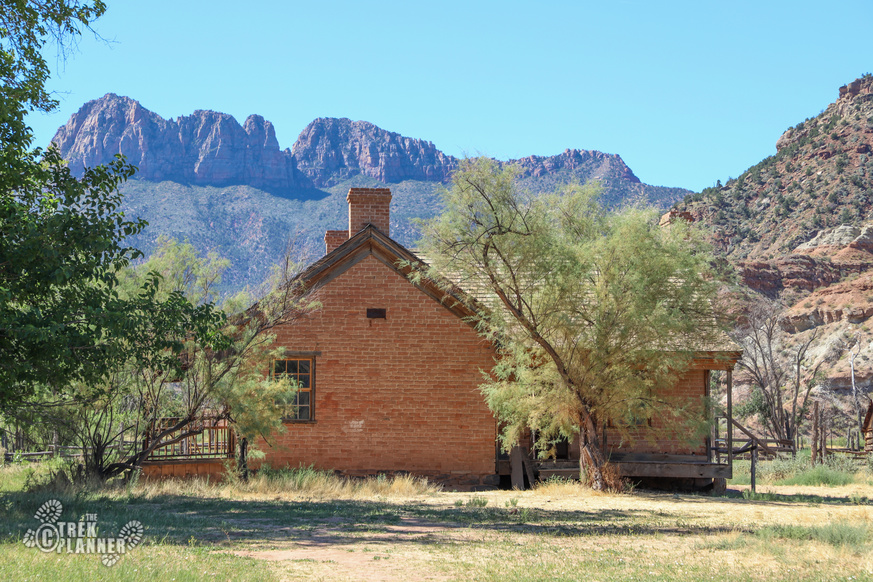

The incredibly productive Portland Mine was the reason this town came to exist in the late 1800s, but unlike nearby Victor and Cripple Creek, it didn't survive the final bust. Local outfitters offer Jeep tours, but mountain biking into Tomboy from Telluride is a rewarding pursuit - even if there’s no social time along the way. On the way to Tomboy you’ll pass through “Social Tunnel,” the supposed place where single women met their Tomboy Mine men for, well, social time (you get the idea). Today, there's a three-quarter-mile loop trail that guides visitors through the scattered cabin remains and artifacts, as well as the surrounding peaceful scenery. The town was booming in the early 1880s with hundreds of log cabins and nearly 30 saloons, but was busted by 1902. Southeast of Walden in Colorado's North Park area, Teller City was a silver-mining camp set amid dense forests. Only 10 miles from Aspen, take a guided tour of a dozen or so buildings preserved by the Aspen Historical Society, including the jail, livery stable and a couple saloons. Once home to two newspapers (even Denver only has one!), 20 saloons, a school and many private homes, Ashcroft faded before the turn of the century.

Four-wheel drive is the best way to reach Animas Forks, or you can rent an ATV in nearby Silverton or Lake City. Local lore has it the mining heiress and owner of the Hope Diamond, Evalyn Walsh, wrote her biography here. Plagued by avalanches, the staple feature in Animas Forks is the huge bay window in the two-story Duncan House. Today visitors can still see the post office, a couple cabins, a smelter stack and a blanket of aspen trees. In the 1870s, he built a mansion here, and the town featured hotels, saloons, a post office, other homes and more. Lee dreamed of being Colorado's governor and making this area and silver-mining town - you guessed it: the state's capital city. Capitol CityĪlso near Lake City, 9 miles up the four-wheel-drive Henson Creek/Engineer Pass road, George S. Continue to the Pacific side of the divide and you’ll find the sister town of Old Carson.

The best way to get to Carson is from Lake City on Wager Gulch Trail (via 4x4, bike or hike). In addition to its harsh winters, Carson was also unpopular with miners because of its inaccessibility it sits at nearly 12,000 feet. Visitors to Carson often think they’re the first to discover the high-altitude town when they see its undisturbed buildings and remote, tricky-to-get-to location near the Continental Divide (from this point, rivers east of the divide flow to the Gulf of Mexico those west flow to the Pacific Ocean). This flash in the pan went boom and bust in only three years. A little farther on this scenic route, you'll come to Winfield, where not much remains but the spirits of disappointed miners. North of Buena Vista you’ll find the tree-lined streets of Vicksburg, located in a steep clear-creek canyon. One of the more rowdy towns, sheriffs didn't last very long here, and you can see echoes of their sorry fates lingering at the town cemetery. Elmo in a regular car or by ATV, but after you explore a bit, make your way to the nearby infamous town of Tin Cup. With wooden storefronts and a dusty main street, it looks straight out of a John Wayne movie. Elmo is one of Colorado’s best-preserved ghost towns. Just off Highway 82, the Aspen Historical Society gives tours of the short-lived town that was deserted by miners via wooden skis made from cabins in 1899. Independence sits close to 11,000 feet on Independence Pass, a steep and nail-biting passage for stagecoach travelers headed to or from Leadville and Aspen in the 1800s. Many of the abandoned buildings are unsafe to enter, and many are privately owned or protected by a local or state historical society. Here are a few of the state's most accessible options, where there are still buildings to see. Visiting these eerily quiet spots revives Colorado’s boom time as modern-day adventurers wander through abandoned streets once teeming with rambunctious saloons, outlaw showdowns and a lucrative industry that bolstered - and built - the West. Some of these towns, like Breckenridge, Leadville and Idaho Springs, remain some of Colorado’s top destinations, while the not so lucky faded into some of the coolest ghost towns of America. Promises of riches brought gold-starry-eyed workers in by the droves as newcomers quickly assembled towns near medal-laden landscapes on grassy meadows and rocky hillsides. Colorado’s mining boom put the state on the map as one of the most lucrative places to be in the late 1800s.


 0 kommentar(er)
0 kommentar(er)
